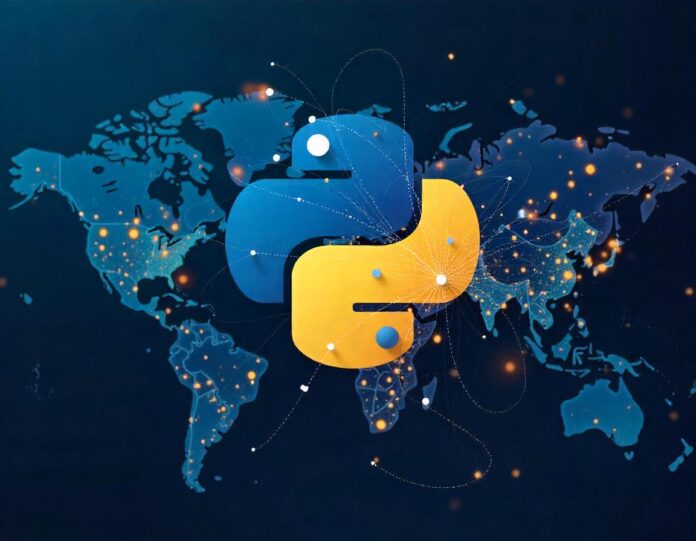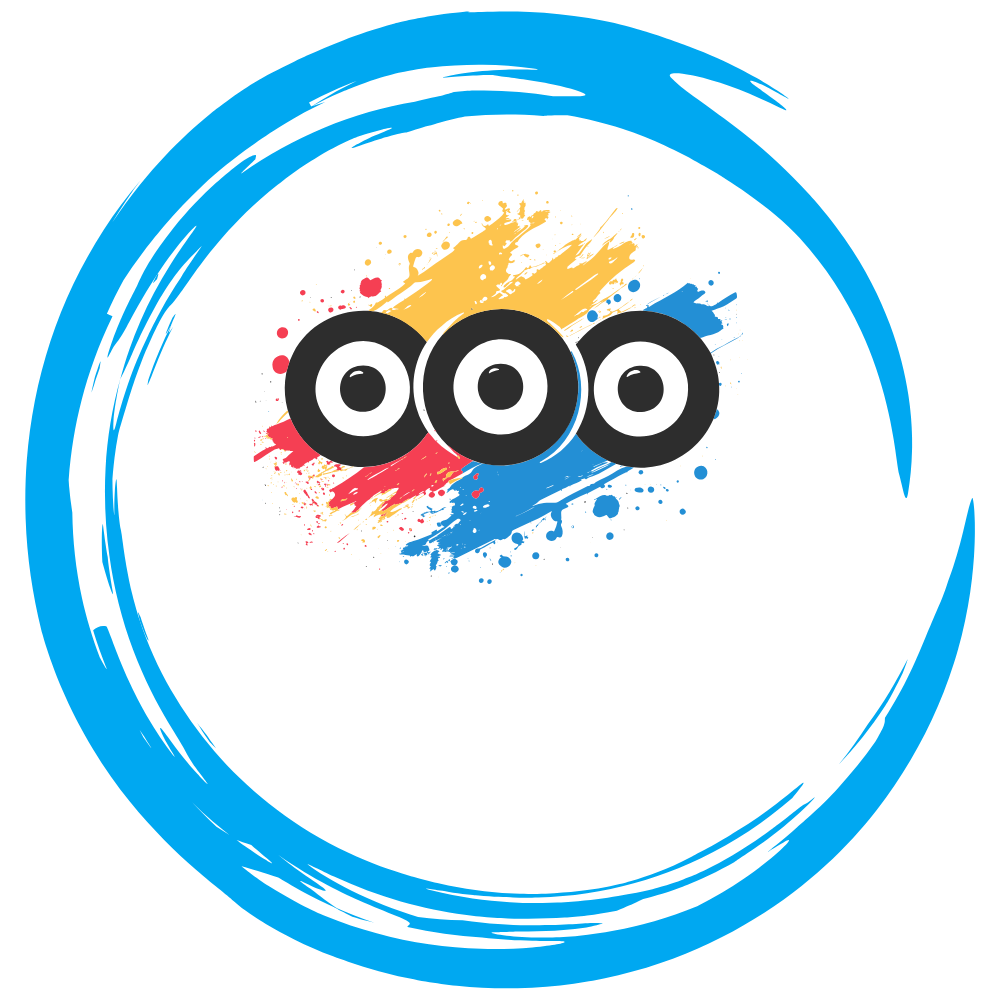Introduction
Python has long been the dominant programming language in artificial intelligence, data science, and software development. In 2025, its influence continues to expand, evolving beyond traditional applications to power next-generation AI, automation, and emerging technologies. The versatility, simplicity, and massive ecosystem of Python libraries have cemented its role as the go-to language for machine learning, deep learning, robotics, quantum computing, and cloud-based AI services.
As the demand for AI-driven solutions increases across industries, Python’s extensive ecosystem and adaptability have made it the backbone of cutting-edge technological innovations. From AI-powered automation in healthcare to predictive analytics in finance, Python is the key that unlocks unprecedented levels of efficiency and intelligence in various domains. This article explores the latest advancements in Python, its integration with AI, cybersecurity, quantum computing, cloud computing, and the future trajectory of Python as the programming language of the future.
The Evolution of Python in AI
Python has consistently adapted to new AI challenges, providing developers with powerful tools for building complex models with minimal code. The deep learning revolution, powered by Python frameworks like TensorFlow, PyTorch, and Keras, has enabled the rapid adoption of neural networks, natural language processing (NLP), and generative AI models. In 2025, some key advancements include:
1. Automated Machine Learning (AutoML)
Python’s libraries like TPOT, AutoKeras, and H2O.ai are making AI model training more accessible by automating hyperparameter tuning, feature selection, and model optimization. With AutoML, even non-experts can train and deploy AI models efficiently, making AI more democratic and applicable across various sectors, from small businesses to large-scale enterprises.
- Learn more about AutoML: Google Cloud AutoML

2. Quantum Machine Learning
With the rise of quantum computing, Python is leading the way with libraries like Qiskit (IBM), PennyLane (Xanadu), and Cirq (Google). These frameworks allow developers to experiment with quantum AI algorithms, bridging classical and quantum machine learning techniques. Quantum-powered AI models are expected to revolutionize cryptography, drug discovery, and materials science, solving problems that classical computing cannot.
- Learn more about quantum AI: IBM Qiskit
3. AI-Powered Development Tools
Python-based AI tools such as Codex (OpenAI) and GPT-4-powered programming assistants are transforming the way developers write code. AI-assisted coding can debug, optimize, and generate Python scripts, reducing development time and increasing efficiency. As AI-assisted development grows, Python remains at the center of innovation, making coding more intuitive and productive.
- Learn more about AI-assisted programming: GitHub Copilot
Python in Cloud AI and Edge Computing
The integration of Python with cloud platforms and edge computing is making AI more scalable and efficient. Companies in 2025 are leveraging Python in:
1. Cloud-Based AI Services
Python is the backbone of AWS SageMaker, Google AI Platform, and Microsoft Azure ML, enabling scalable AI model deployment. Cloud AI services powered by Python allow businesses to build, train, and deploy models with minimal infrastructure overhead. This has led to the proliferation of AI-powered applications in finance, retail, healthcare, and beyond.
- Learn more about cloud-based AI: AWS SageMaker
2. Edge AI and IoT Applications
With the rise of Edge AI, Python is being used to run machine learning models on low-power devices such as Raspberry Pi, NVIDIA Jetson, and mobile AI chips. This enables real-time AI applications in robotics, autonomous vehicles, and industrial automation. The ability to process AI models locally, without reliance on cloud servers, makes AI-driven systems faster, more private, and cost-effective.
- Learn more about Edge AI: NVIDIA Jetson AI

Python’s Role in Cybersecurity and Ethical AI
With AI-powered threats increasing, Python is also leading the charge in cybersecurity and ethical AI development.
1. AI-Driven Threat Detection
Python is widely used in cybersecurity with frameworks like Scikit-Learn, TensorFlow, and PyTorch to detect anomalies, prevent cyberattacks, and strengthen fraud detection systems. AI-powered cybersecurity solutions are helping organizations detect and mitigate threats in real-time, reducing cybercrime and data breaches.
- Learn more about AI in cybersecurity: AI-Powered Threat Detection
2. Bias Detection and Fair AI
Ethical AI remains a crucial focus, and Python’s Fairlearn, AI Fairness 360, and SHAP (SHapley Additive Explanations) are being used to detect and mitigate bias in AI decision-making. As AI becomes deeply integrated into hiring processes, healthcare diagnostics, and legal decision-making, ensuring fair, transparent, and unbiased AI models is of utmost importance.
- Learn more about Fair AI: IBM AI Fairness 360
The Future of Python: What’s Next?
As we look forward, Python is expected to play a vital role in shaping AI, automation, and next-generation computing. Key trends to watch in 2025 and beyond include:
- Self-improving AI models that use Python-based reinforcement learning.
- AI-powered code refactoring tools that optimize Python code automatically.
- Increased integration of Python with blockchain, quantum AI, and next-gen neural networks.
- AI-generated Python applications, where deep learning models can autonomously develop entire software solutions.
For developers, Python remains the most powerful tool for AI innovation, making it the language of the future.
Conclusion
Python’s unparalleled flexibility, extensive libraries, and strong AI ecosystem continue to drive innovation in machine learning, cloud computing, cybersecurity, and quantum AI. In 2025, Python is not just a programming language—it’s the foundation of the AI revolution. Whether you’re a developer, data scientist, or researcher, Python will be at the core of your AI journey.
Are you ready to explore Python’s future? Let us know your thoughts!



